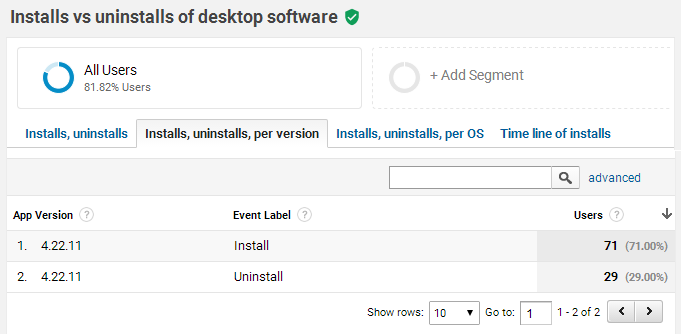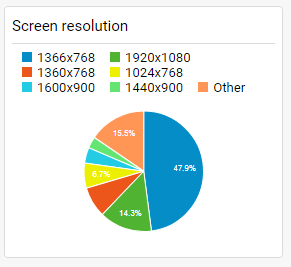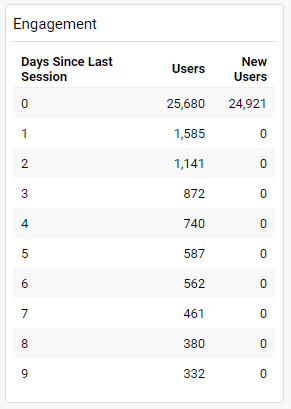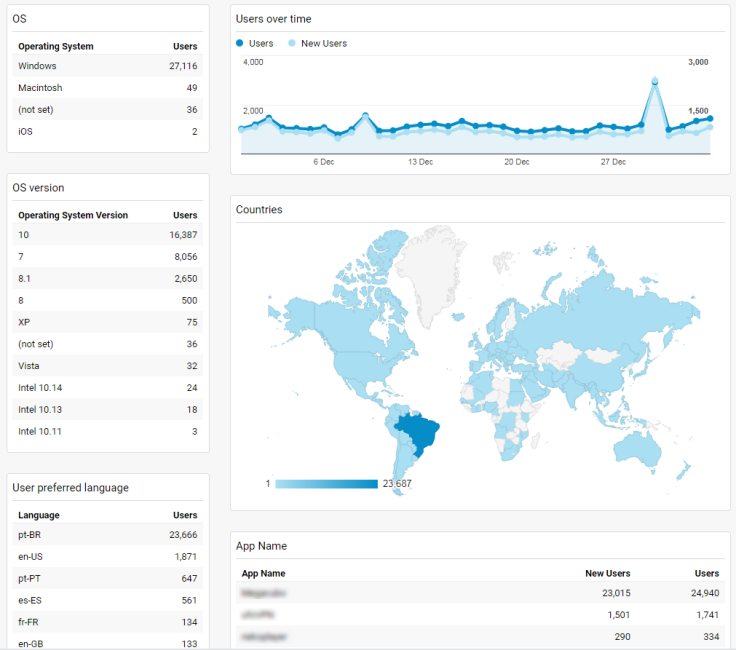What is Application Analytics, Usage Analytics, Runtime statistics?

You can read here what application analytics is, why software developers should use it, who are the main providers of run-time application analytics.
You can also learn about our free software usage analytics library, SoftMeter that you can use in your Windows, MacOS or IOS software.
What is application analytics, also known as usage analytics
New users per month?
Number of uninstalls?
Free vs paid installations?
OS versions, screen resolutions?
Versions that crash?
Unused features?
Application (or usage) analytics for software, is the remote collection, measurement, analysis and reporting of the usage patterns of a software product.
With this information, software developers can see how many installations their software has, how often and how long their users open the software, which features are used and needed the most, which operating systems and screen resolutions the users have.
Data are collected in the analytics platform and developers can see historical data for a period of a few months in the past, up to a few hours ago from the current time. Some application analytics tools offer also real-time usage reports.
With this valuable information, developers can focus on improving what is important to their users, achieving in this way a superior product, that is produced with less effort and time.
Together with the tracking of user actions within the software, application crashes and exceptions can also be remotely reported, enabling the developers to respond quickly and fix software bugs in new releases.
Alternative terms: Usage Analytics, Application Statistics, Runtime Analytics, In-app Statistics, Product Analytics.
Usage analytics for software is a new practice, inspired by the website statistics
Like website analytics where you examine the visitor traffic of your website, software analytics allow you to see the installations and the usage of your distributed desktop software (or mobile app) and answer questions like:
- How many users have run my application today/this month/any-period-of-time?
- Is my latest version installed by my users?
- How many free vs paid installations does my shareware have?
- What is the geographical distribution of my software?
- Which software features are most/least used?
- Which operating systems, OS versions and screen resolutions do my users have?
Examples of reports generated by application analytics tools




Why developers need usage analytics
"No relationship can survive without effective and honest communication, and the special relationship that exists between you [the software developer] and your users is no exception.
Yet development organizations too rarely exploit the most immediate communication tool at their disposal: their application."
Read about the benefits of application statistics on this article by Sebastian Holst.
Quick answer:
- To build better software in less time,
- to increase the sales,
- to fix bugs quickly.
Long answer:
- For the success of any project, measuring the results is equally important as constructing it.
As a software developer, you must measure the usage of the program you construct.
Having knowledge of how much and how exactly your software is used can help you build better software with less effort, focusing on what is important to your users. - If you distribute freeware or shareware applications, you need to know how large is your installed base of free (non-paying) users.
This will allow you to create and fine-tune your monetisation model and adjust your offers to convert your free users to paying customers. - To quickly discover and fix bugs, you need an exception recording mechanism that allows you to collect via the internet the problems that occur on the users' computers. Most application analytics tools provide exception and crash capturing and reporting.
Additionally to the exception reporting, when viewing the abandonment rate per operating system or screen resolution you can discover deficiencies of your software under specific environments.
Best application analytics tools
We have compiled here a list of application analytics libraries, together with their OS compatibility. There are free and paid solutions, with cloud or self-hosted reporting back-ends.
Meet SoftMeter, our application analytics solution
Have a look at SoftMeter. It is an application analytics library for Windows, MacOS and IOS that is very small and easy to implement, having a very simple API. SoftMeter works with Google Analytics and offers historical reports for a minimum of 2.5 years in the past and also real-time reports.

Add new comment